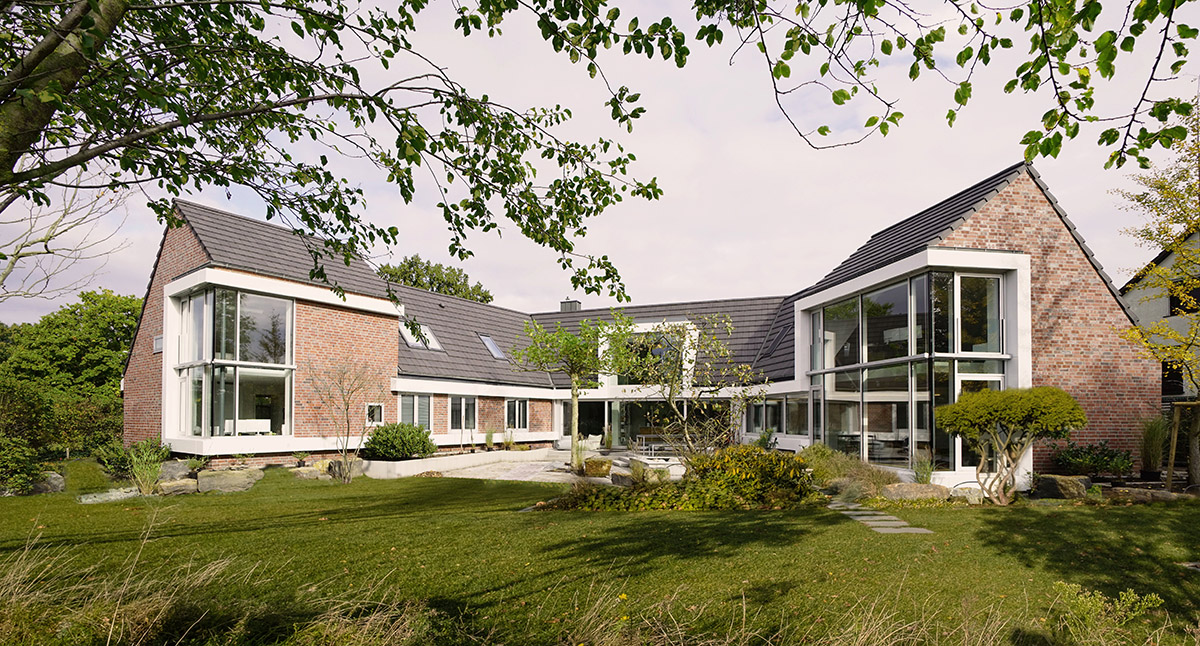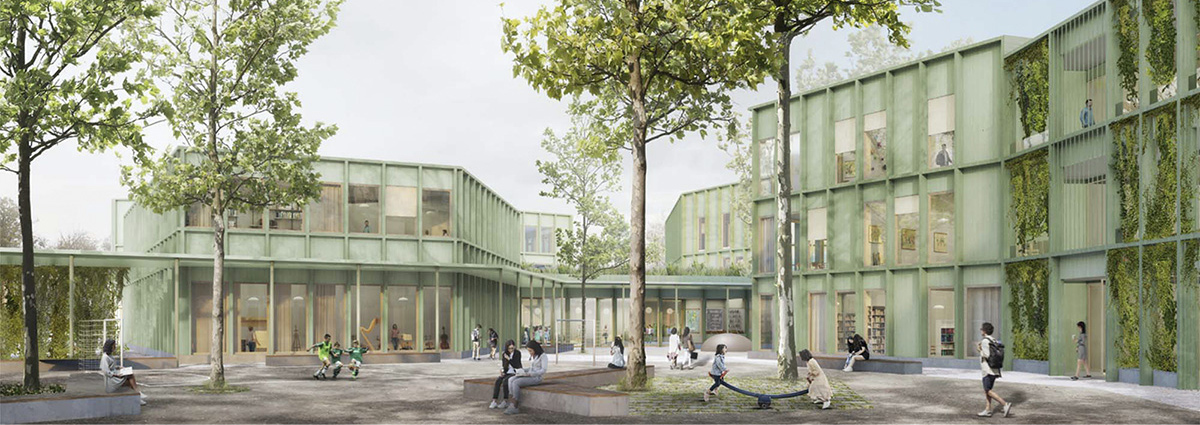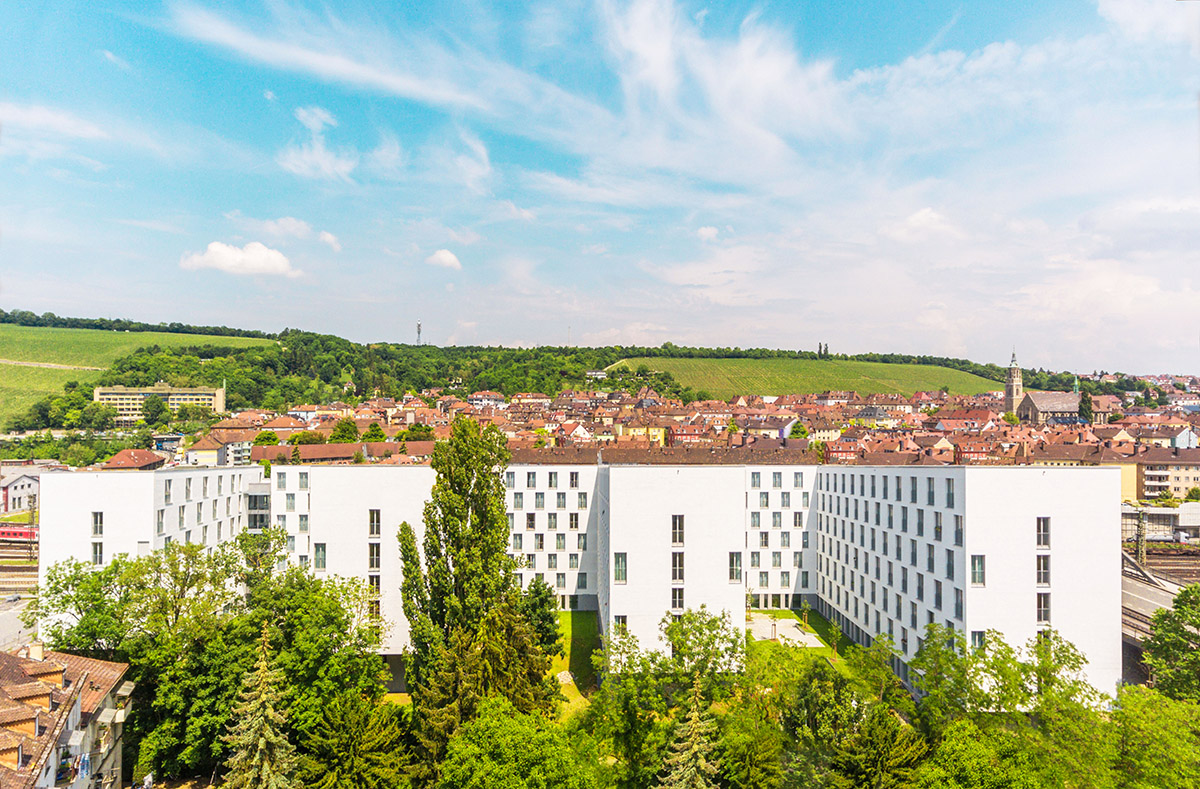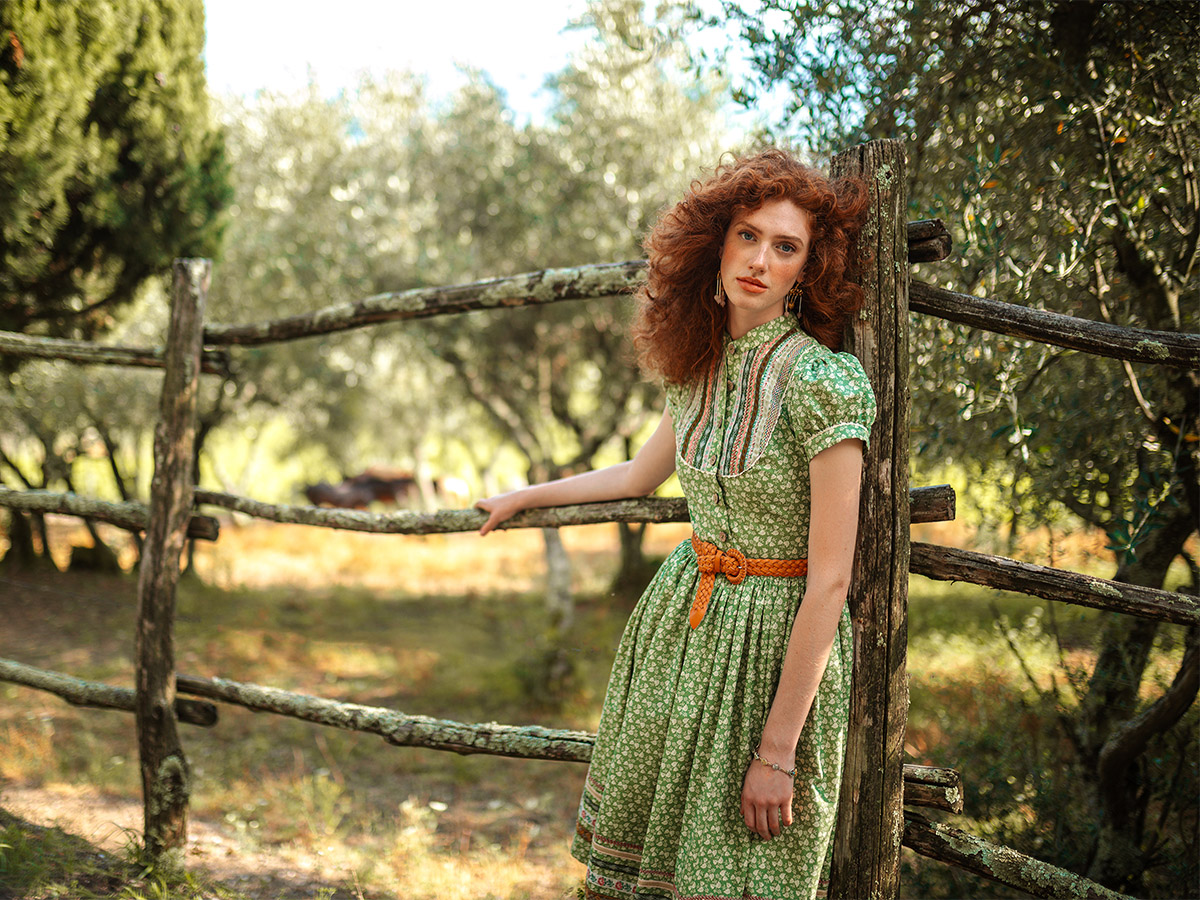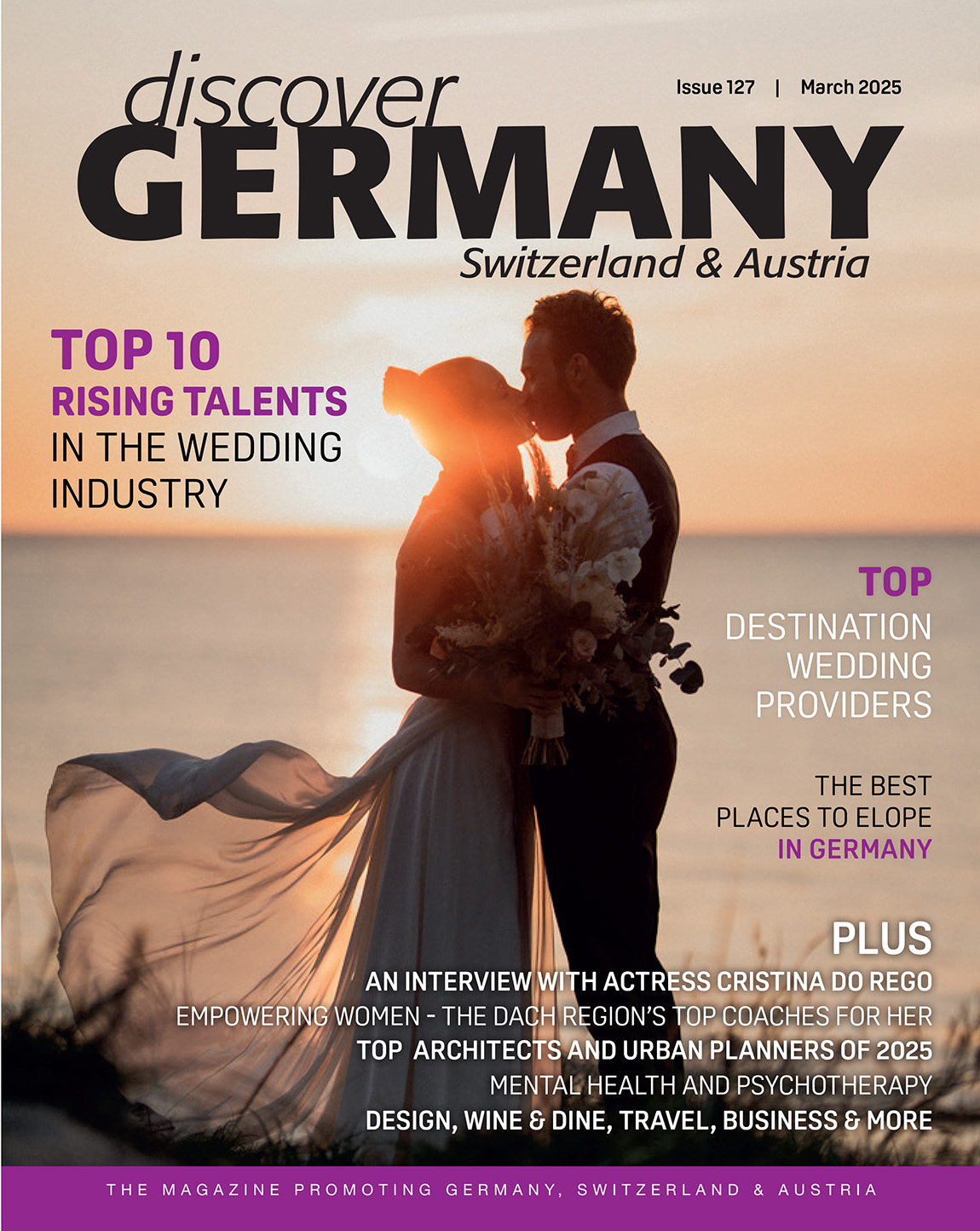Feuerring
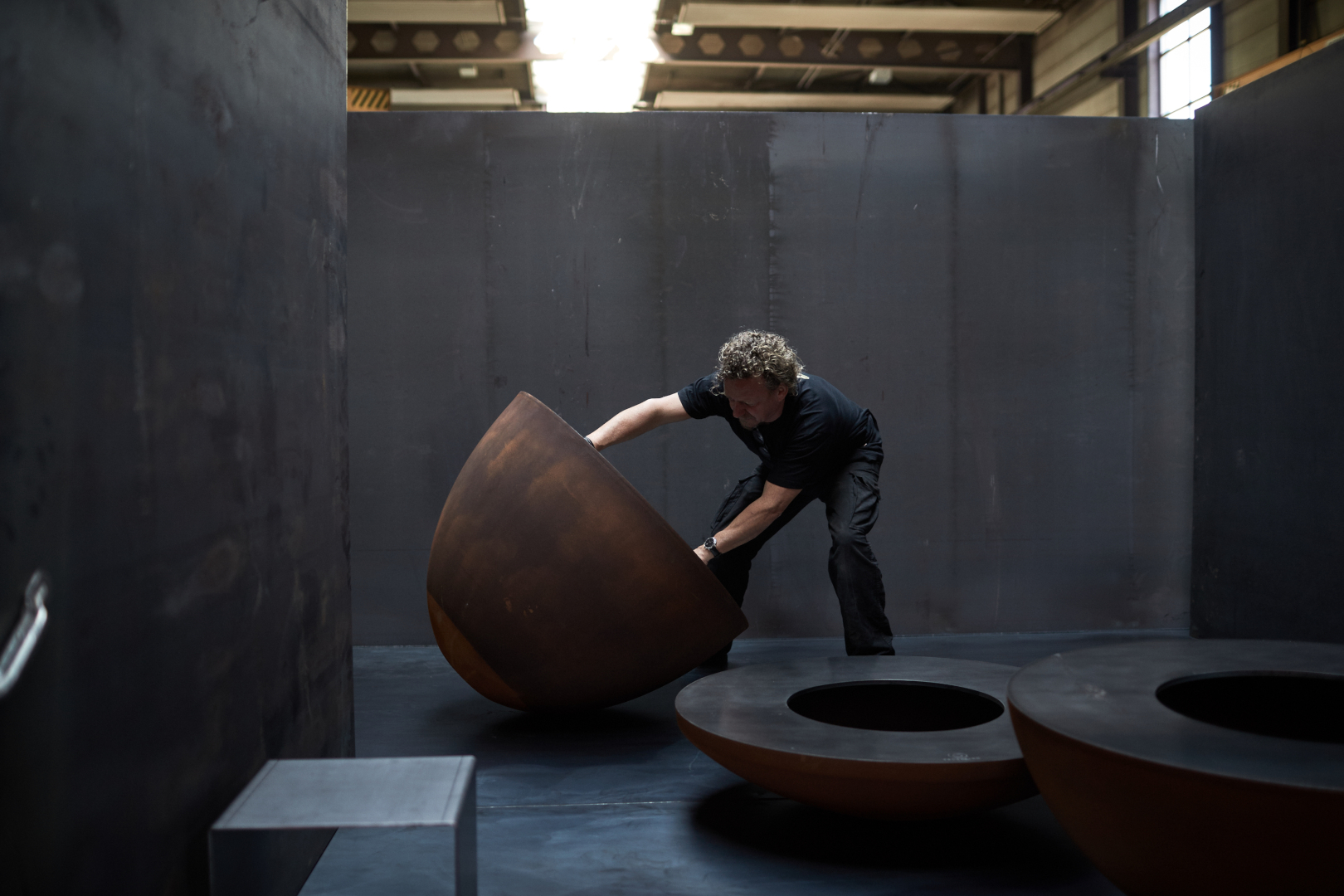
Passion and authenticity
TEXT: NANE STEINHOFF | PHOTOS © DANIELA KIENZLER
Steel sculptor and designer Andreas Reichlin is the inventor of the original Feuerring that opens up new and stylish possibilities for barbecuing. Discover Germany spoke to him, the Swiss architect Ivan Marty and photographer Sylvan Müller to find out more about their 2017 Feuerring campaign ‘Form in Space’.
Always looking for the perfect stage for the Feuerring, Andreas Reichlin collaborated with photographer Sylvan Müller at the plants of the Küssnacht-based Isenschmid AG. Here, Reichlin and Müller used the large production hall to move around the heavy Feuerrings with cranes. With the Feuerring’s base material, they created steel spaces that show the Feuerring from new perspectives. The result are beautifully reduced, wonderfully aesthetic and creatively significant photographs that accompany the Feuerring in 2017 throughout its’ ‘Form in Space’ campaign.
Your style is ‘infinitely reduced‘, Sylvan. In our world, we are often faced with ‘abundance’. How do you reduce ‘abundance’ to get to the essentials?
Müller: By leaving out. I like to leave things out, as I can concentrate better when I’m not surrounded by things. The decision on what to leave out is intuitive. You can achieve reduction by not decorating; consciously not embellishing, to give the subject the necessary weight and not distract from it.

Andreas Reichlin (left) with lithographer Georg Sidler (middle) and Sylvan Müller (right).
Andreas, ‘Reduction to the Essentials’ is a principle that can be perceived in your work. What is the importance of the reduction theme when you think of the Feuerring?
Reichlin: The simpler a form, the better it ‘functions’ in various contexts. The Feuerring fits into historical space just as well as into modern architecture. That’s the result of reduction. It prevents categorisation into a particular era. The Feuerring would have functioned 300 years ago and will still do so in 300 years’ time.
Ivan, which projects of yours display a very reduced style?
Marty: Reduction is a central theme, along with the materials used. Good architecture functions from the point of view of material authenticity and reduction to the essentials. I can only counter our cluttered-up region by reducing and restricting.
The Feuerring team perceives itself as experts in scene-setting. Is there such a thing as the perfect ‘form-space solution’?
Marty: When I am in conversation with customers, they often have a fixed idea. I always take them back to the question of wellbeing. My classic question: when you enter a restaurant, where do you choose to sit? In the middle of the room, or with your back to the wall? This makes it clear to the customer what is ‘right’ for him.
Reichlin: There are situations that are simply right, where a sculpture has its true position. You could put is somewhere else, but it would speak a different language. I also believe that there are arrangements of which one could globally say, they are ‘right’.
Müller: I prefer the word ‘harmonious’. I believe that there are harmonious arrangements. The question is: what mood do I want to generate? That’s why I am fascinated by the dramatic composition, the story I want to tell.

Sylvan Müller at work.
What is it that people perceive when they look at your rooms, your forms, your pictures?
Reichlin: To me, it is important to not only see the work itself, but also the entire development behind it. In the last work, you just find the essence.
Marty: There are projects where everything comes together like in a funnel. I believe you feel it when you enter; you see how I work.
Müller: My hope is that the story reaches the viewer, without my presence being felt. Of course I want people to feel my passion for the topic. That also applies to photography.
What is Feuerring for you?
Reichlin: We founded the company because we wanted to pass on the pleasure we get from the Feuerring. The great thing is that the sculptural aspect is appreciated although you can live and work with it on an everyday basis. Our product keeps its promises and I find that wonderful.
Marty: The first piece of artwork in my garden, and it means a lot to me. Particularly as I was able to accompany you, Andreas, in your development. A Feuerring is incorporated into the planning of all my house designs. The Feuerring works as a sculpture, but offers a whole lot more. I would not part with it; it belongs in our everyday life.
Müller: That is the difference; to me the Feuerring is still more an art object and, through my work, has really become a sculpture. I am fascinated by the fact that, in addition to the sculptural power, there is evidently a whole lot more besides. Of course I have already considered where the Feuerring could go beside the vineyard…

Production hall of Isenschmid AG.
Subscribe to Our Newsletter
Receive our monthly newsletter by email
